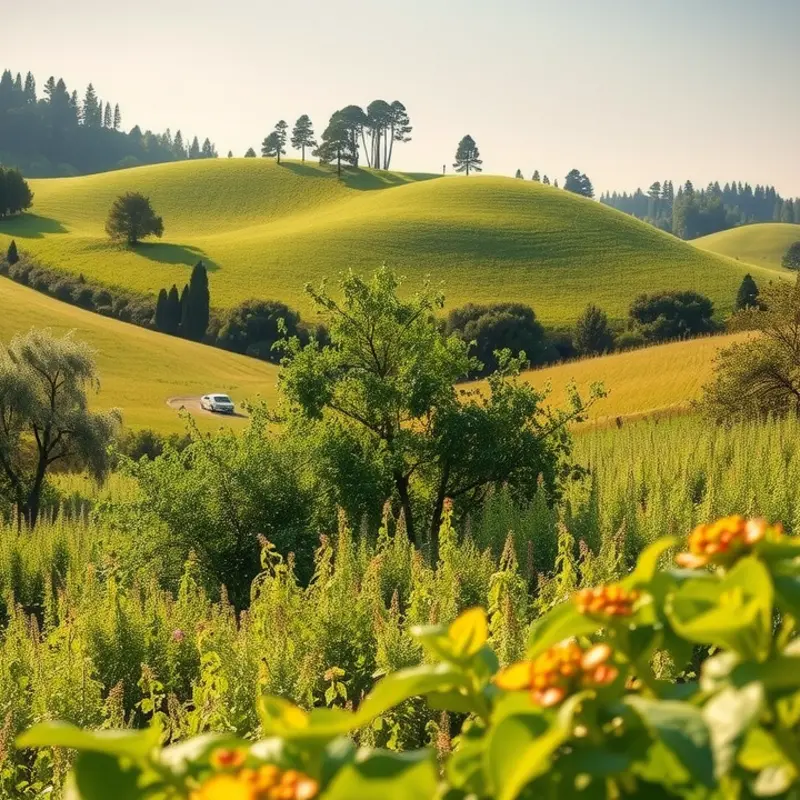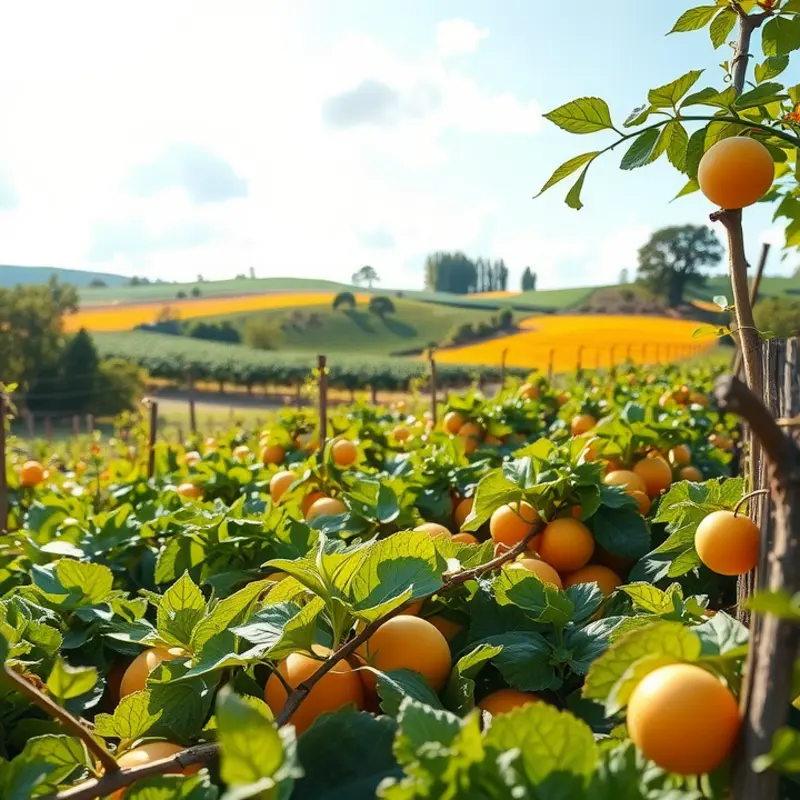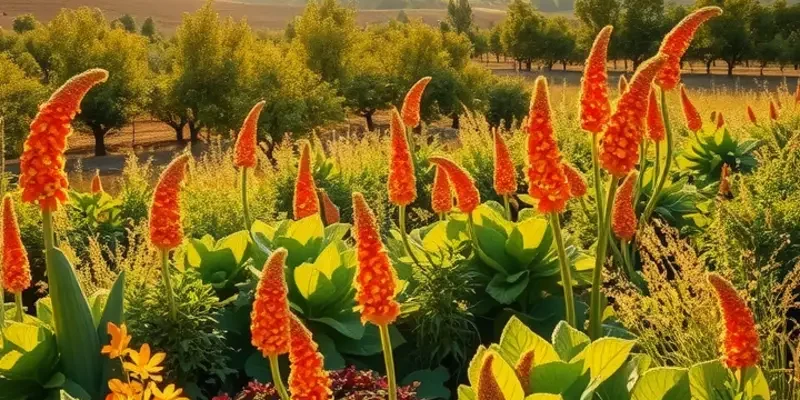Ancient markets served as vibrant hubs of commerce and culture, where culinary practices flourished and diverse flavors met. These bustling spaces embodied not only the exchange of ingredients but also the melding of traditions, innovations, and tastes. Delving into the culinary practices of these markets reveals a deeper understanding of humanity’s relationship with food, nourishing both body and soul across generations.
The Heart of the Community: Markets as Culinary Melting Pots

Markets in ancient civilizations were more than just centers for trade; they were vibrant hubs of cultural exchange. Each bustling aisle, laden with spices, grains, and fresh produce, told tales of distant lands and diverse traditions. These markets thrived as culinary melting pots, where local and foreign tastes merged, giving birth to new culinary practices.
Communities often gathered in these marketplaces, where the air was thick with aromatic scents that beckoned the senses. Vendors, clad in colorful attire, enthusiastically displayed their goods, ranging from exotic spices to heirloom grains. Culinary traditions were shared as traders conversed in a cacophony of languages, exchanging recipes as eagerly as they did their wares. It was here that cooking techniques were born, transformed, and adapted, contributing significantly to the evolution of local cuisines.
Aromatics such as cinnamon, cloves, and nutmeg, which once traveled along the Silk Road, made their way into daily diets through these exchanges. As cultures interacted, the unique flavors of one region subtly transformed the cuisines of another. This intermingling placed markets at the heart of culinary innovation, where food was not only a necessity for sustenance but also a symbol of cultural identity.
The very structure of these markets encouraged such cultural symbiosis. Stalls were often grouped by food categories, enabling vendors to showcase a variety of ingredients simultaneously. As neighbors shopped side by side, they shared cooking tips while children listened intently, absorbing knowledge that passed down through generations. Communal cooking events, often surrounding a rich tapestry of dishes, were born out of these market interactions, cementing the markets’ roles in fostering relationships within and between communities.
The legacy of these culinary exchanges continues to influence modern gastronomy. The ancient marketplace, with its diversity and vibrancy, ensured the transfer of knowledge that persists in contemporary cooking. By understanding our culinary past, we open the door to appreciating the origin of flavors and techniques that define our current food culture.
For those keen to delve deeper into how specific ingredients have shaped tastes across borders, an exploration of functional spices for stress relief provides further insights into their lasting impact on health and cuisine.
The ancient market, a microcosm of society, has always been more than a site for bartering goods. It was, and remains, a bastion of cultural preservation and culinary innovation. Through these bustling spaces, ancient civilizations have left a lasting imprint on both palates and communities, ensuring that their culinary practices thrive in the world today.
Spices, Flavors, and Rituals: The Role of Food in Ancient Cultures

In ancient markets, food was central to the essence of community life, transcending basic nourishment. Spices, in particular, shaped not only flavors but also held significant roles in health and spirituality. Consider saffron, known for its golden hue and revered properties, or turmeric, a staple in both culinary and medicinal practices. Their value went beyond taste; they were symbols of prosperity and healing, woven into the cultural fabric of societies across the globe.
In India, turmeric was indispensable. Its uses ranged from culinary to therapeutic, employed in religious ceremonies to symbolize purity and fertility. Ancient medical texts, like the Ayurvedic treatises, frequently praised its anti-inflammatory qualities. Similarly, in the bustling markets of Persia, saffron was treasured not only for its ability to enhance the taste of dishes but also for its supposed aphrodisiac qualities and its use in traditional medicine to treat melancholy.
The geographical and climatic conditions of regions significantly influenced their culinary practices. For instance, the Mediterranean climate favored the cultivation of olives, grapes, and various herbs, which became the cornerstone of regional cuisine. Olive oil, basil, and thyme were fixtures in ancient Roman markets, highlighting a preference for foods that complemented their predominant agricultural environment. In contrast, the maize-dominated markets of Mesoamerica were reflective of the temperate climate and the indigenous agricultural heritage, providing a staple that shaped the civilizations like the Maya and the Aztec.
Cooking methods also varied extensively. The ancient Chinese embraced steaming and stir-frying, techniques complementing their abundant rice supply and conducive to retaining nutritional properties. In contrast, the open-fire grilling prevalent among the indigenous peoples of the Pacific Northwest was perfect for cooking fish and game from their abundant coastal resources.
Beyond sustenance, many ancient culinary items were vital components of ceremonial life. In Egypt, bread and beer were not only dietary staples but also crucial offerings to the gods, underscoring a deep cultural belief in the nourishment as divine. Similarly, in ancient Greece, feasts were often held in honor of deities, where specific foods were consumed as part of ritual ceremonies, illustrating food’s integral role in spiritual life.
To delve deeper into the intersection of cultural practices and culinary traditions, one might explore how various ingredients have shaped modern-day health approaches inspired by these ancient practices here. This examination uncovers how current culinary customs still echo the practices of ancient markets, reminding us that the past continues to influence our present through the universal language of food.
Final words
Culinary practices rooted in ancient markets shaped the foundations of modern gastronomy, leaving an indelible mark on global food cultures. These bustling marketplaces facilitated the mingling of flavors, traditions, and cooking techniques, creating a rich tapestry that celebrates culinary diversity. As we continue to explore the world’s cuisines, we uncover not only the tastes but also the histories and stories behind them. Embracing these ancient practices helps preserve cultural identities and reminds us of the essential role food plays in human connection.








